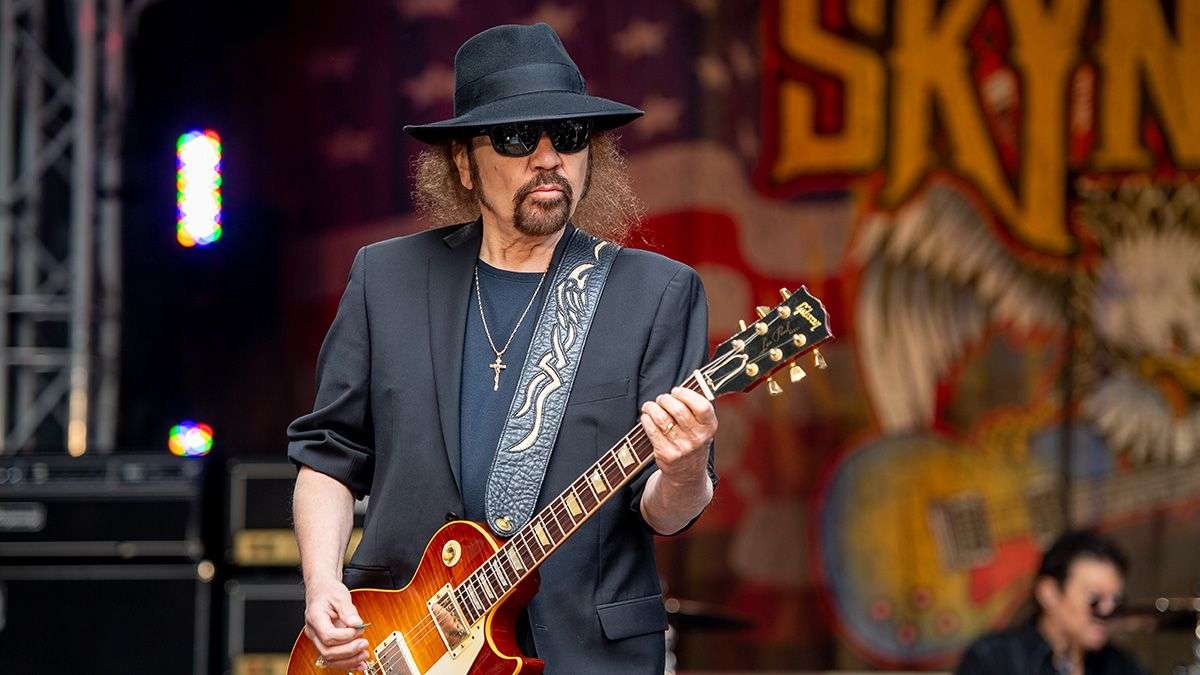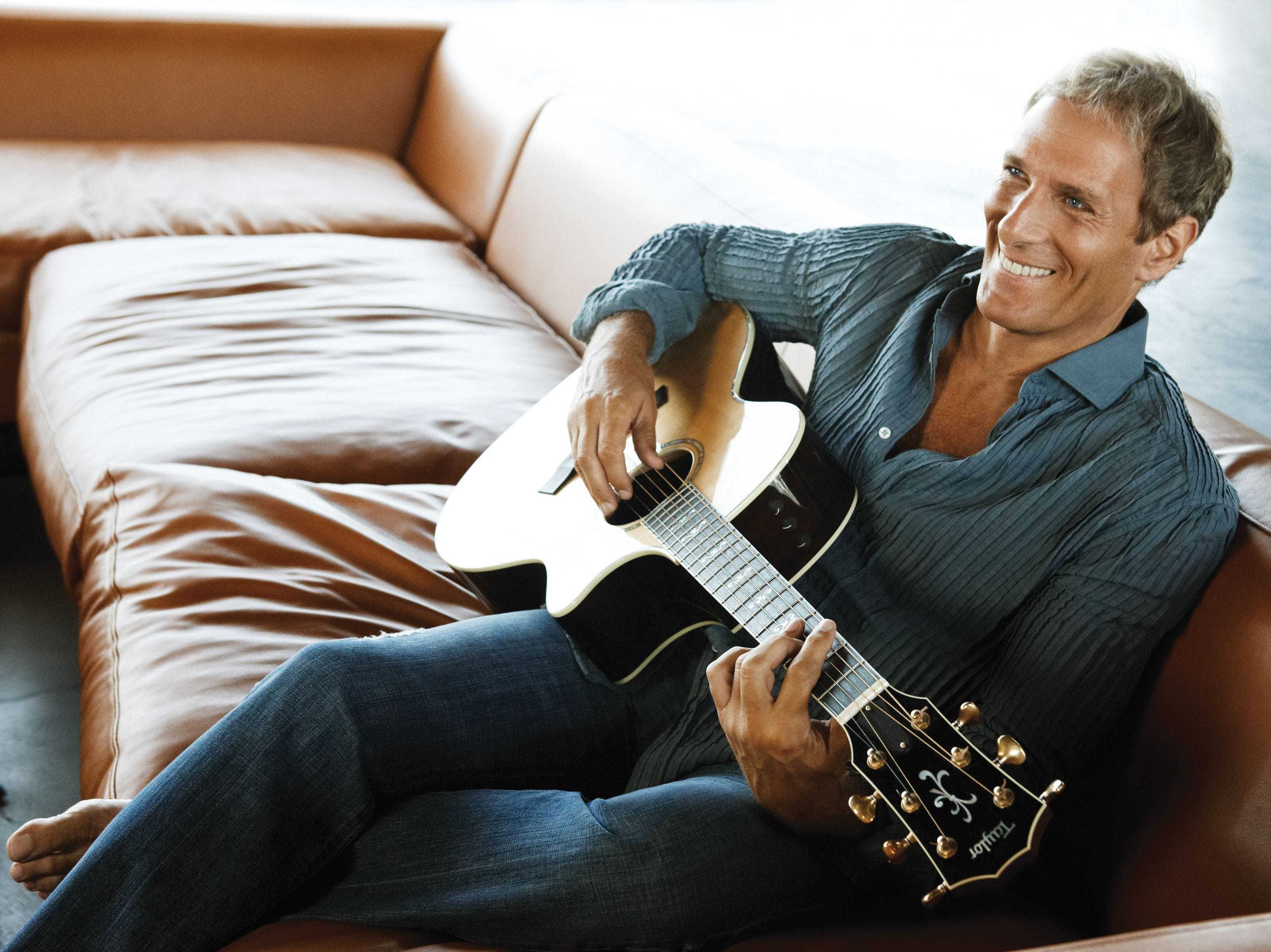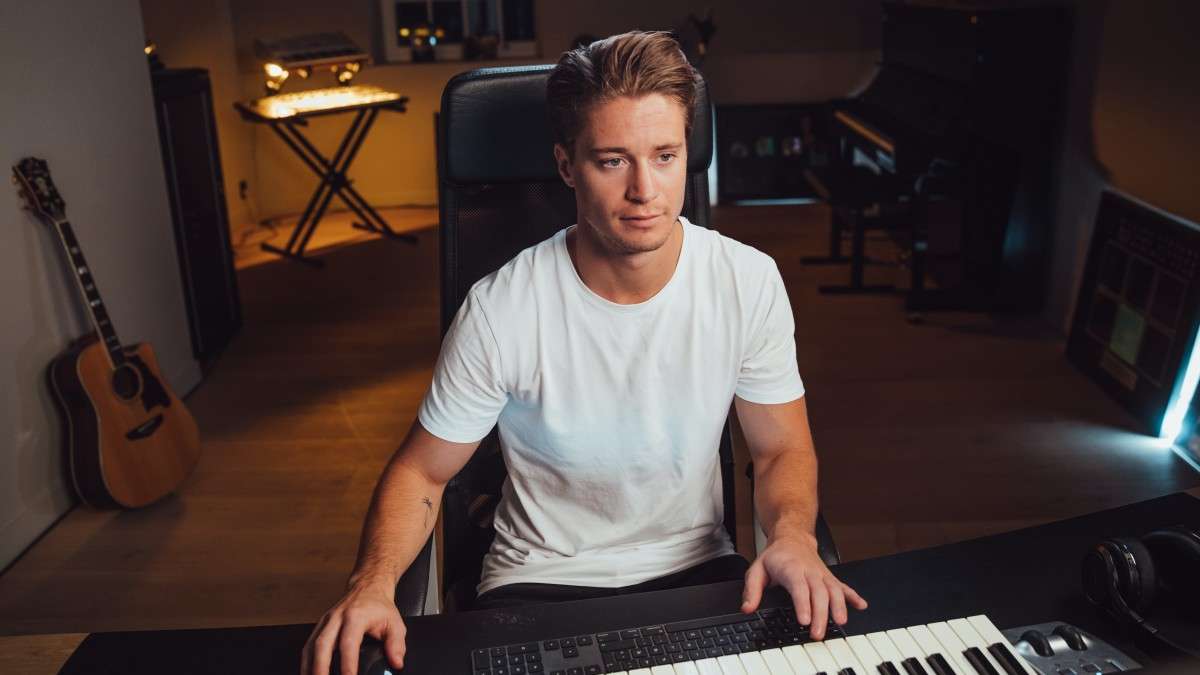Introduction
Classical music is a genre that has captivated the hearts and minds of listeners for centuries, offering a rich and timeless treasure trove of compositions that continue to inspire and evoke deep emotions. At the heart of this exquisite art form lie the maestros of the orchestra, the conductors. While the spotlight often shines on the talented musicians and the mesmerizing compositions they bring to life, the role of conductors in classical music is equally indispensable, yet often shrouded in mystery.
These enigmatic figures wield a magical baton, guiding orchestras with poise and precision, shaping the music into a harmonious and powerful expression of the composer’s intent. In this exploration, we delve into the pivotal role of conductors in classical music, unraveling the intricacies of their craft and the profound influence they exert on the orchestral performance, ultimately serving as a bridge between the composer’s vision and the audience’s experience.

What is the function of a conductor in music?
Conductors act as guides to the orchestras or choirs they conduct. They choose the works to be performed and study their scores, to which they may make certain adjustments (such as in tempo, articulation, phrasing, repetitions of sections), work out their interpretation, and relay their vision to the performers.
The function of a conductor in music is to serve as the leader and guide of an ensemble, such as an orchestra or a choir, during a musical performance. The conductor has several essential functions:
Setting Tempo: The conductor establishes the tempo (speed) at which a piece of music is to be performed. They use their baton and gestures to convey the desired tempo to the musicians.
Maintaining Timing and Rhythm: Conductors help musicians stay synchronized and maintain a consistent sense of timing and rhythm throughout the performance. They cue entrances, pauses, and tempo changes to ensure a cohesive and unified performance.
Interpreting the Score: Conductors study the musical score, which contains notations for all instruments and voices, and interpret the composer’s intentions. They make decisions about dynamics (loudness and softness), phrasing, articulation, and other expressive elements to shape the music’s emotional depth and character.
Directing Dynamics and Expression: Conductors use their gestures and facial expressions to communicate changes in dynamics (e.g., crescendos and diminuendos) and expressively shape the music. They convey the emotional nuances of the composition to the performers.
Balancing Sound: Conductors ensure that each instrument or section of the ensemble is heard at the appropriate volume relative to the others, creating a well-balanced and harmonious sound.
Cuing and Coordination: Conductors cue different sections and individual musicians when they need to enter or play specific passages. They coordinate the actions of a large group of musicians, making sure everyone plays together.
Offering Interpretation: While respecting the composer’s intentions, conductors bring their own interpretation and artistry to the performance. They add a personal touch to the music, making each rendition unique.
Communication: Conductors provide clear communication to the ensemble, ensuring that the musicians understand their instructions and intentions through visual cues and body language.
Leading Rehearsals: Conductors lead rehearsals, where they work with the ensemble to refine and perfect the performance. This involves addressing technical issues, refining interpretations, and ironing out any coordination challenges.
Enhancing the Audience Experience: Conductors play a crucial role in creating a captivating and emotionally resonant live music experience for the audience. They connect the audience to the music by bringing out the depth and beauty of the composition.
What are the 3 roles of the conductor in an orchestra?
interpreting the musical score and conveying directions to the orchestra with gestures and cues. providing feedback to individual members of the orchestra to ensure everyone performs well together. guiding musicians and providing encouragement throughout their performance.
The conductor in an orchestra plays several key roles, but if we were to distill them down to the three most fundamental functions, they would be:
Setting and Controlling Tempo:
The conductor is responsible for establishing the tempo (speed) of a musical piece and ensuring that it is maintained throughout the performance. They use their gestures and cues to indicate the desired tempo to the musicians and make adjustments as needed. This role ensures that the ensemble plays together in a synchronized manner.
Shaping Musical Interpretation:
Conductors interpret the composer’s intentions as conveyed in the musical score. They make decisions about dynamics (volume levels), phrasing, articulation, and other expressive elements. Through their gestures and communication, conductors shape the music’s emotional depth and character, adding their own artistic interpretation while staying true to the composer’s vision.
Coordinating and Leading the Ensemble:
Conductors serve as the leader and coordinator of the orchestra. They cue different sections and individual musicians, indicating when they should enter, stop, or make changes in their playing. Conductors are responsible for ensuring that the ensemble works as a cohesive unit, harmonizing the various instrumental and vocal parts to create a unified and balanced performance.
Do musicians look at the conductor?
People are often surprised by how little it seems that orchestral players actually look at the conductor. They imagine we will be eyeballing the conductor at crucial points, but a lot is done using peripheral vision.
Yes, musicians in an orchestra or ensemble often look at the conductor during a performance. The conductor serves as the musical leader, and their visual cues and gestures are crucial for maintaining coordination, timing, and interpretation in a group performance. Here’s why musicians typically look at the conductor:
Keeping Time: The conductor is responsible for setting and maintaining the tempo (speed) of the music. Musicians rely on the conductor’s clear and consistent beat to stay in sync with one another.
Cues and Entrances: Musicians need to know when to start playing, especially when they have rests or pauses in their parts. The conductor signals these entrances, ensuring that everyone plays together.
Dynamic and Expression Changes: Conductors use their gestures and body language to indicate changes in dynamics (loudness or softness) and expression. Musicians watch the conductor for guidance on how to shape their performance.
Coordination: In complex pieces of music, different sections or instruments may need to coordinate their timing precisely. Musicians look to the conductor for cues to ensure that their entrances align with others in the ensemble.
Interpretation: Conductors provide their interpretation of the music, which may involve subtle nuances, phrasing, and articulation. Musicians observe the conductor to understand and execute these interpretive elements.
Communication: The conductor can communicate important information during a performance, such as changes in tempo, repeat signs, or when to transition to a different section of the music.
How do musicians understand the conductor?
Most conductors signal cues through an inhalation or sniff (semi-audible), but others prefer using eye contact targeting the players that should take action to give the performance a new direction. A cue is vital as it helps performers to understand when is the perfect time to shift to a new note.
Musicians understand the conductor through a combination of training, experience, and visual communication. Here’s how musicians typically interpret and understand the conductor’s signals and gestures:
Training and Familiarity with Conductor’s Techniques:
Musicians undergo extensive training, which includes learning to recognize and respond to standard conducting techniques. They become familiar with common gestures and cues used by conductors to convey specific instructions.
Musical Score Interpretation:
Musicians study the musical score, which includes notations indicating tempo changes, dynamics, phrasing, and other expressive elements. The conductor’s role is to interpret these notations and convey them visually. Musicians read the score and anticipate the conductor’s cues based on their knowledge of the music.
Observation and Eye Contact:
Musicians maintain a direct line of sight with the conductor during a performance. They observe the conductor’s hand movements, baton cues, facial expressions, and body language. Eye contact with the conductor is essential for receiving cues and instructions.
Recognizing Beat Patterns:
Conductors use specific patterns and gestures to convey the beat and tempo. For example, a simple downbeat with the baton usually indicates the start of a new measure. Musicians follow these patterns to stay in time with the conductor’s beat.
Listening and Responding:
Musicians not only watch but also actively listen to the conductor’s interpretation and direction. They adapt their playing or singing in real-time, responding to the conductor’s guidance to achieve synchronization and expression.
Rehearsals and Communication:
Conductors work closely with the ensemble during rehearsals. They explain their interpretation of the music and clarify their conducting style, providing musicians with insights into how they will lead the performance. Musicians ask questions and seek clarification during these rehearsals.
Experience and Ensemble Dynamics:
Musicians who regularly perform with a specific conductor develop a strong understanding of that conductor’s nuances and preferences. This experience enhances their ability to anticipate the conductor’s cues and adapt to their conducting style.
Non-Verbal Communication:
Conductors use a combination of non-verbal cues, such as facial expressions, eye contact, and body movements, to convey emotion and interpretation. Musicians are attuned to these non-verbal signals to capture the conductor’s artistic vision.
Why do orchestras need a conductor?
Orchestras are made up of many musicians, each playing different instruments and parts. A conductor helps coordinate and unify the musicians, making sure they play in sync and follow the composer’s intentions.
Orchestras need a conductor for several essential reasons:
Leadership and Direction: Orchestras are composed of numerous musicians, each playing different instruments and parts. A conductor serves as the leader who guides and directs the ensemble, ensuring that all musicians play together in harmony. Without a conductor, coordinating a large group of musicians would be exceptionally challenging, leading to potential chaos during performances.
Setting and Maintaining Tempo: The conductor is responsible for establishing the tempo (speed) at which a piece of music is to be performed. They provide a clear and consistent beat that helps musicians stay synchronized. The conductor’s role in controlling tempo is crucial for maintaining a cohesive performance.
Interpretation of the Score: The conductor interprets the composer’s intentions as conveyed in the musical score. They make decisions about dynamics (loudness and softness), phrasing, articulation, and other expressive elements, shaping the music’s emotional depth and character. Conductors bring the score to life, infusing it with their artistic vision.
Cues and Coordination: In complex pieces of music, different sections or individual musicians need to coordinate their timing precisely. Conductors cue musicians when they should enter, stop, or make changes in their playing. This coordination ensures that the ensemble functions as a unified whole.
Balancing Sound: The conductor is responsible for ensuring that each instrument or section of the orchestra is heard at the appropriate volume relative to the others. This creates a well-balanced and harmonious sound, where no instrument overwhelms the others.
Do conductors follow a score during a performance?
Yes, conductors typically follow a musical score during a performance. The score contains notations for all instruments and is used to keep track of the music’s progression and to cue musicians.
Yes, conductors often follow a musical score during a performance, although they may not follow the score as closely or literally as the individual musicians do. Conductors use the score primarily as a reference and a tool to help guide the performance. Here are some ways conductors use the score during a performance:
Overall Structure: Conductors use the score to understand the overall structure of the piece, including the number of movements, sections, and key transitions. This allows them to plan the pacing and flow of the performance.
Cue Points: The score helps conductors identify specific cue points for entries, exits, changes in tempo, dynamics, and other key elements. They refer to the score to ensure that they provide the right cues at the right time.
Instrumentation and Timings: Conductors use the score to understand the instrumentation, including which instruments are playing at any given time. This knowledge is essential for balancing the sound and ensuring that each instrument or section is heard when needed.
Notation: The score contains notations for dynamics (loudness and softness), articulation, phrasing, and other expressive elements. Conductors reference these notations to inform their interpretation and to guide the musicians in achieving the composer’s intentions.
Navigation: During a performance, conductors may use the score to help them navigate through complex or lengthy compositions. They might glance at specific passages, particularly if there are page turns or challenging sections.
Visual Reference: Even if conductors have memorized the score, having it in front of them serves as a visual reference and a source of confidence. It allows them to double-check details and maintain accuracy in their guidance to the orchestra.

Conclusion
The role of conductors in classical music is nothing short of indispensable. They are the maestros who bring orchestral and choral works to life, serving as the bridge between the composer’s timeless creation and the ears and hearts of the audience. Conductors are not mere timekeepers; they are the guardians of interpretation, expression, and unity within the ensemble.
Through their skillful guidance, conductors set the tempo, shape the music’s emotional landscape, and ensure that every instrument and voice in the ensemble harmonizes seamlessly. They translate the composer’s notes on the page into a living, breathing, and profoundly moving experience, making each performance a unique and captivating journey.







Leave a comment